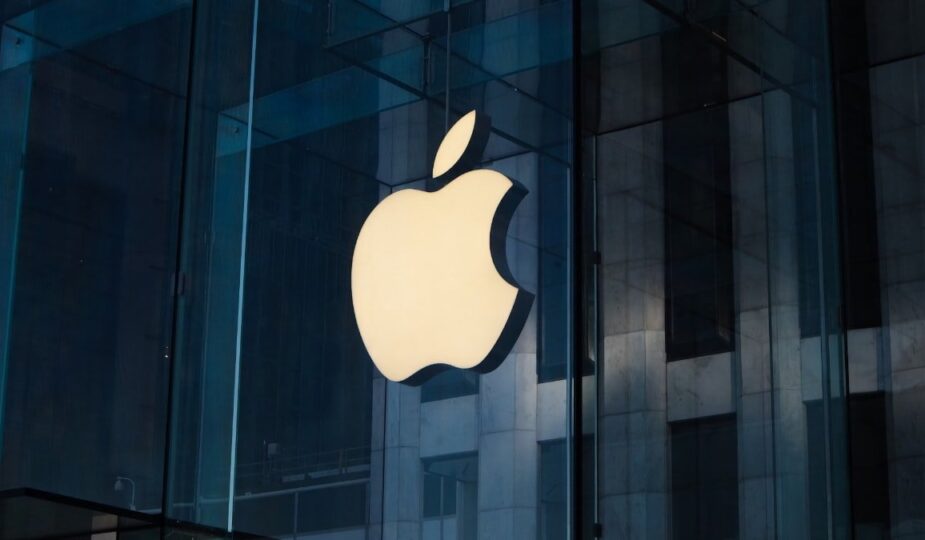Apple fires employees from car and display projects
 0 Facebook x.com Reddit
0 Facebook x.com Reddit
After Apple closed its the ambitious Apple Car project and dreams of a microLED Apple Watch display, the company laid off more than 600 employees.
A recent report shows significant workforce reductions at Apple, particularly affecting employees involved in the company's Project Titan and smartwatch display initiatives. At least 87 people worked at Apple's secretive facility promoting next-generation screen technology.
In addition, 371 employees were laid off from Apple's main automotive center in Santa Clara, California. Others were injured in various satellite offices.
The company's decision to streamline its workforce impacted employees in various back offices, causing a wave of layoffs that was not limited to one location. Both projects were abandoned due to management indecisiveness, cost concerns, and engineering problems.
The layoffs are part of a broader restructuring within Apple that has resulted in the layoffs of more than 600 employees. These employees were involved in the development of Apple's car and smartwatch projects, two high-profile company initiatives that have since been abandoned.
As Apple changes focus and resources, some affected employees have been given the opportunity to move to other departments of the company. Notably, several people from the car project team have been transferred to positions that contribute to Apple's growing interest in artificial intelligence and personal robotics, Bloomberg reported.
End of Project Titan
Surrounded by intense speculation and secrecy, Project Titan was initially aims to develop an Apple-branded autonomous car, marking a leap into a new product category for the tech giant. The project's goals varied as Apple explored various aspects of automotive technology, including self-driving capabilities, electric vehicle technology, and advanced vehicle design.
Apple car concept
The involvement of senior figures from the auto industry, as well as a number of patents related to automotive technology, have further fueled speculation about Apple's intentions in the automotive sector.
Despite high levels of investment and years of development, Apple faced significant challenges in implementing Project Titan. These challenges ranged from strategic indecision regarding the direction of the project to the technical and logistical complexities inherent in automobile production.
Ultimately, the decision to cancel Project Titan as an automotive initiative marked a strategic realignment for Apple. The ideas and technologies developed through Project Titan are expected to influence future Apple products and services.
Smartwatch Display Initiative
Shortly after stopping the Apple Car project, Apple also stopped its efforts to develop proprietary microLED displays for the Apple Watch.
Apple's research into microLED technology was seen as a step toward improving the picture quality and efficiency of its devices, starting with the Apple Watch. However, the decision to stop development of microLED displays was likely due to technological and logistical obstacles.
MicroLED technology provides better brightness, color accuracy and energy efficiency than OLED displays. However, the challenges associated with large-scale production of these displays and high production costs have made them a challenge even for Apple.
Shifting gears ( but not in the Apple Car)
In certain situations, employees who participated in the Apple car project found new roles within the company, in particular, in departments involved in artificial intelligence and the development of personal robotics technologies.
Tim Cook, Apple's CEO, emphasized the importance of autonomous systems and artificial intelligence, calling autonomy “the mother of all artificial intelligence projects.” The focus on artificial intelligence was not just about car development, but was also part of a broader strategy to advance Apple's core technologies.
Many Project Titan engineers have joined teams led by John Giannandrea, Apple's senior vice president of machine learning and artificial intelligence strategy, marking a strategic reallocation of talent toward artificial intelligence development.
Apple Robot Concept
Apple's investment in artificial intelligence is supported by the development of chips with powerful neural engines capable of performing trillions of operations per second. The evolution of the hardware, from the A11 Bionic chip introduced in 2017 to the latest A17 Pro and M3 chips, demonstrates Apple's commitment to expanding artificial intelligence capabilities across its product line.
These advances not only improve current products, but also lay the groundwork for future innovations that Apple hints will be significant, especially in the area of artificial intelligence.
For example, iOS 18 expects significant advances in artificial intelligence, including improvements to Siri for more natural interactions and personalization. Plus, look forward to advanced AI features in apps, like automatic summarizing in Pages and Keynote and automatic playlist creation in Apple Music.
Apple's focus on artificial intelligence also extends to developing a more intuitive and accessible experience that will potentially transform how users interact with their devices.
As the company continues to navigate these changes, refocusing on the areas of artificial intelligence and robotics will help maintain its leadership position in the technology industry amid changing priorities and market demands.
Follow AppleInsider on Google News










